Forex leverage explained – What it is and how to use it
Table of contents
For many, Leverage is an integral part of Forex trading. It is money that traders ‘borrow’ from brokers to invest in a currency, stock, or any other asset. Thanks to leverage, people are able to trade larger positions with a lower initial deposit.
Although leverage in Forex magnifies the returns, it also increases risks. It is very important to learn how to manage leverage and work on risk management strategies to limit the losses caused by incorrect usage of it. One of the major reasons why so many people like trading Forex over other assets is that this market allows traders to use higher leverage.
Forex leverage amount differs according to the Forex broker you are using, as well as your location. Some jurisdictions limit the maximum leverage that a broker can offer to make sure that beginners don’t lose more money than they can afford. In today’s guide, we are going to discuss everything about Forex leverage, so follow our guide and learn how to use it safely and successfully.
Forex leverage explained – How can you use it?
In the Forex dictionary, l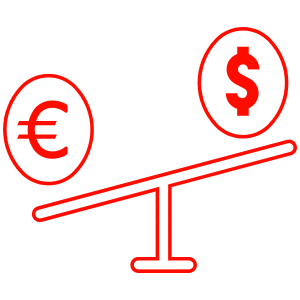 everage is a great tool to increase your returns while trading Forex. In fact, it is one of the major reasons why so many people are drawn to the Forex trading market. Forex is known globally as one of the markets that offer higher leverage. Although it has changed in recent years, there still are many jurisdictions where traders have access to higher leverage.
everage is a great tool to increase your returns while trading Forex. In fact, it is one of the major reasons why so many people are drawn to the Forex trading market. Forex is known globally as one of the markets that offer higher leverage. Although it has changed in recent years, there still are many jurisdictions where traders have access to higher leverage.
Leverage gives traders the opportunity to increase their positions far beyond what they would be able to do with their trading balance. Leverage is provided to traders by Forex brokers, and the amount of it varies broker by broker.
The usage of leverage depends on several things. Mostly, people using short-term trading strategies, such as scalping and day trading, would prefer using higher leverage. When you are using scalping, you are opening small positions. The returns in most cases are not that much. For scalpers, it is essential to use leverage to make higher profits. This is why Forex scalping leverage is mostly higher than the leverage used by long-term traders.
On the other hand, leverage can also increase risks. Because of this, beginner traders are advised to avoid using higher leverage. To limit the risks that come with Forex trading with high leverage, several jurisdictions have limited the amount of it offered to traders.
As of today, in Europe, Forex brokers are restricted to offer leverage higher than 1:30. The same is true for many other jurisdictions as well, including the USA.
Forex leverage brokers – margin-based leverage
In the sense of the initial margin requirement, Forex trading does offer higher than usual leverage. This lets traders build up and control a higher amount of money. Calculating margin-based leverage is fairly easy. You have to divide the total transaction value by the amount of margin you are required to put up.
So let’s say that you want to trade a standard lot of a certain currency pair, which equals $100,000. If the broker requires at least a 1% deposit of the total transaction, it means that the required margin for you would be $1,000.
If you go back to the margin-based Forex leverage formula, you will end up with leverage of 1:100. If the broker requires only 0.5% of margin, you will see that the leverage increases to 1:400, if you use the same formula. On the other hand, if the required margin of total transaction value is 2%, the margin-based leverage expressed as ratio would be 1:50, and so on.
Real leverage Forex explained
However, the thing about margin-based leverage is that it does not really affect the risks. On the other hand, if you look at the real Forex leverage ratio, it can better indicate the profit and loss. To calculate the real leverage, you will have to divide the total value of the transaction by your total trading capital.
Let’s say that you have $10,000, and you want to open a standard lot position of a certain currency pair, which equals $100,000. This means that you will be trading with 10 times leverage on your account. If you decide to trade two standard lots, which are worth $200,000, and you have $10,000 in your trading account, your leverage will end up being 20 times more than your capital.
As you might already be able to tell, margin-based leverage is in most cases equal to the maximum real leverage you can use. Most of the traders do not use their entire account as margin for each position, which means that your real leverage actually differs from your margin-based leverage. Traders are advised to not use all of their available margins. It is much better to focus on the advantages that come with your positions, and only use leverage when you are certain that the advantages are higher.
Forex trading on leverage – When and how to use it
 There are many factors that determine the amount of leverage a trader uses. If you are just getting started in Forex trading, it would be much better to avoid using leverage. As you gain some experience, you can start using lower leverage, between zero to 1:10. This way, you will be able to understand more about leverage and how it works.
There are many factors that determine the amount of leverage a trader uses. If you are just getting started in Forex trading, it would be much better to avoid using leverage. As you gain some experience, you can start using lower leverage, between zero to 1:10. This way, you will be able to understand more about leverage and how it works.
You can also use the Forex leverage demo trading account. Among different types of trading accounts, a demo is one of the best ways to get started in this market. You can also use leverage while trading with a demo account, which can give you a lot of experience.
A lot also depends on the trading strategy that you are using. As we have already said earlier in this guide, if you are using short-term trading strategies, it would better to use higher leverage. While using a short-term trading strategy, traders are mostly opening little positions. These positions can’t have higher profits, which means that it would be better to use higher leverage.
On the other hand, those using long-term trading strategies, who open higher positions, are advised to use Forex low leverage to avoid higher risks.
Forex leverage example – Risks of high leverage
Forex trading is a very risky market. When you are using higher leverage, the risks also increase. While it is true that leverage can increase a trader’s profits, it can also increase the risks. There are several policies that Forex brokers globally have adopted to limit the risks that come with higher leverage.
While talking about Forex brokers leverage comparison, it should be noted that most of them offer a different amount of leverages. But one thing in common is that some of the best Forex brokers online offer Negative Balance Protection. It is a great way to limit the risks that might come with Forex trading for several reasons.
The main thing that the Negative Balance Protection does is that it limits the amount of money that you are able to lose while trading with higher leverage. Thanks to the Negative Balance Protection, all of your positions will be automatically closed when the money on your trading account nears zero.
In the Forex brokers leverage list, the leverage offered by brokers differs greatly. Depending on the location, Forex brokers are limited to offer higher leverage. The restrictions are in place in the EU, the USA, and many other jurisdictions on leverage. Recently, the Australian regulator also adopted similar restrictions, limiting the amount of maximum leverage to 1:30. The new laws will be in full effect from Spring of 2021. On the other hand, Forex brokers in Asia and Africa are able to offer higher leverage, as high as 1:1000.
How does Forex leverage increase risks?
Forex leverage is used by millions of traders every day. The risks that might come with it are very high, and every trader should remember that it is something that should be used with much care. Forex leverage for beginners can be very dangerous if used wrong. It can work against investors and create a lot of problems.
If you are trading a currency pair, and the underlying currency goes in a different direction than you thought and you end up losing the positions, high leverage can increase the loss drastically. To avoid such situations, many traders use a strict trading style, which also includes stop-loss orders to control the potential losses. A stop-loss is a trade order and while using it the broker will exit a position at a certain price level. This way, traders can avoid losing huge amounts of money.
What is the best Forex leverage to use?
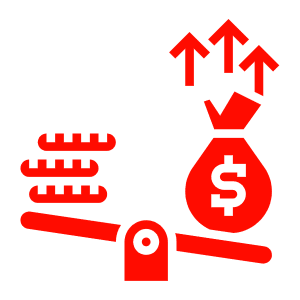 The best Forex leverage to use largely depends on the experience that they have. If you are a total beginner in this market, as we have already said, using higher leverage is not a smart thing to do. It is much better to start using lower leverage, and as you gain experience, you can increase the leverage as well.
The best Forex leverage to use largely depends on the experience that they have. If you are a total beginner in this market, as we have already said, using higher leverage is not a smart thing to do. It is much better to start using lower leverage, and as you gain experience, you can increase the leverage as well.
Depending on your trading strategy, you will need different amounts of leverage as well. If you are a scalper, leverage of 1:10 might not be enough, the same goes for day traders as well. Because these trading strategies are known to have lower profits, it is better to use higher leverage.
Also, because as a scalper you are opening smaller positions, high leverage won’t increase the losses as much. All in all, it is much better to use the leverage that you are able to afford as a trader. Using all of your capital in leverage might not be the smartest thing to do.
As you earn more experience in Forex trading, you can move on to using higher leverage. The best leverage to use in Forex largely depends on the type of trader you are and the amount of experience you have in the Forex trading market.
Trade with competitive leverages – XM
Final thoughts on Forex best leverage
 Understanding Forex leverage is a very important part of trading. It has the ability to increase the profits of traders, but, on the other hand, it can also increase risks. Because of this, Forex leverage is many times regarded as a double-edged sword. However, it is not something that traders should be afraid of.
Understanding Forex leverage is a very important part of trading. It has the ability to increase the profits of traders, but, on the other hand, it can also increase risks. Because of this, Forex leverage is many times regarded as a double-edged sword. However, it is not something that traders should be afraid of.
If you use leverage in a smart and well-thought-out way, it can be very beneficial for you. You should not be afraid of using leverage if you have learned the ways of using and managing it. Although it comes with some risks, it can also drastically increase your returns.




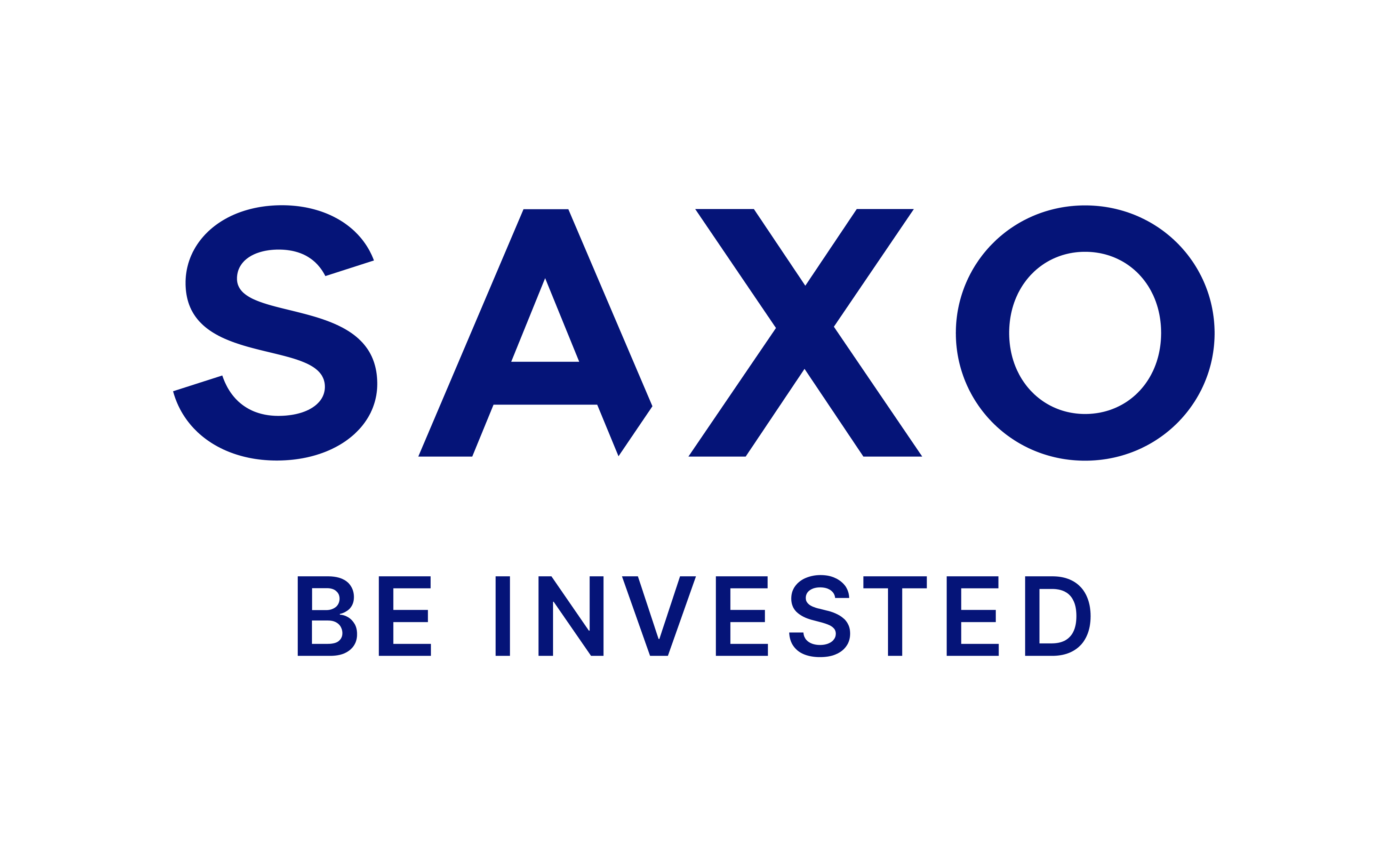





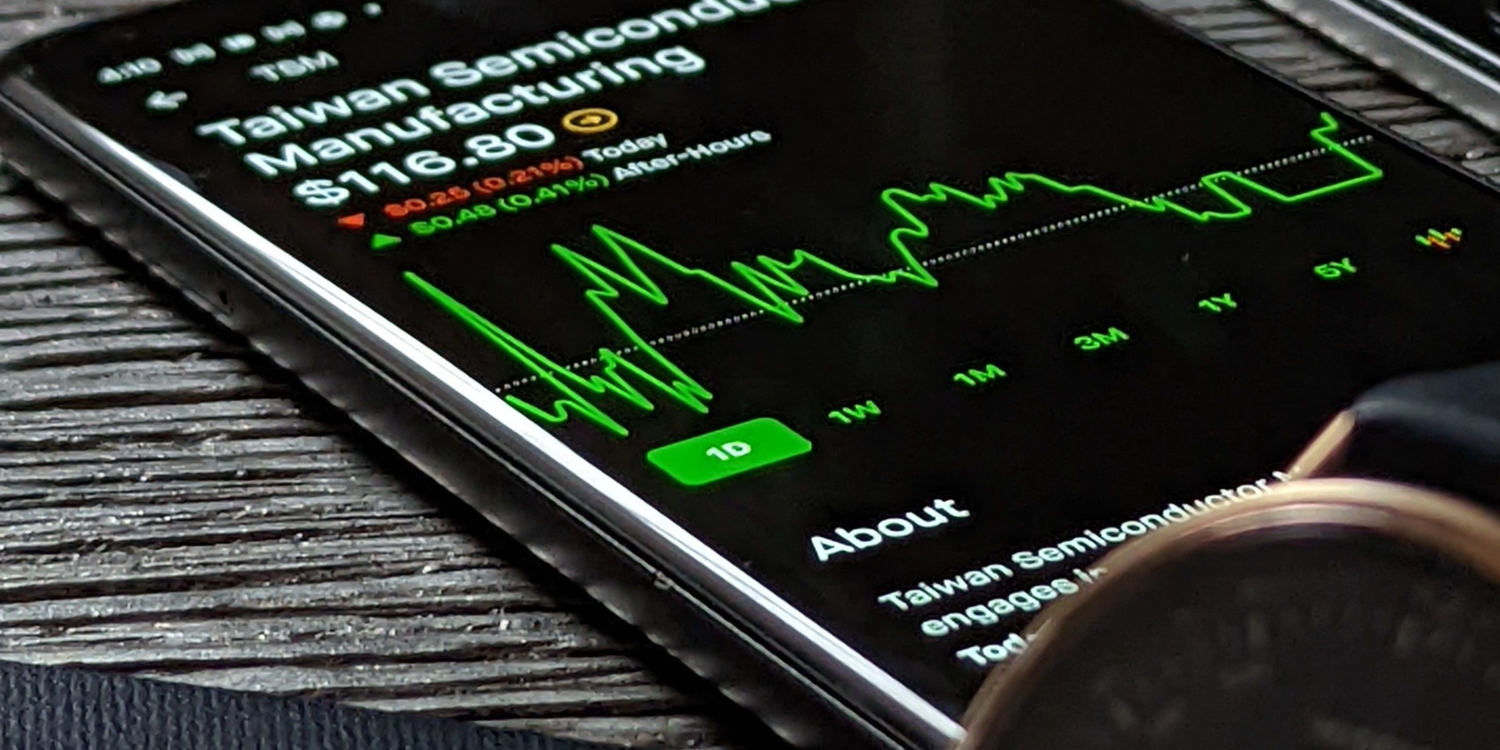
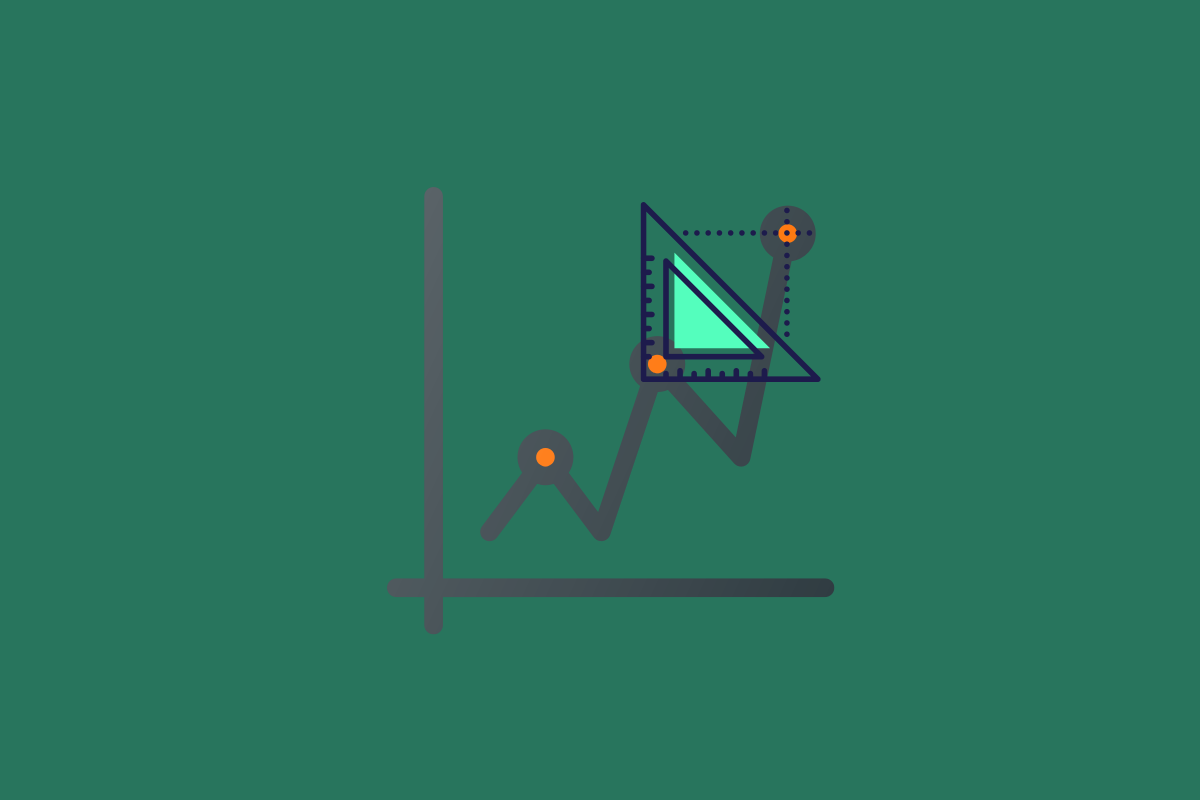










Comments (0 comment(s))